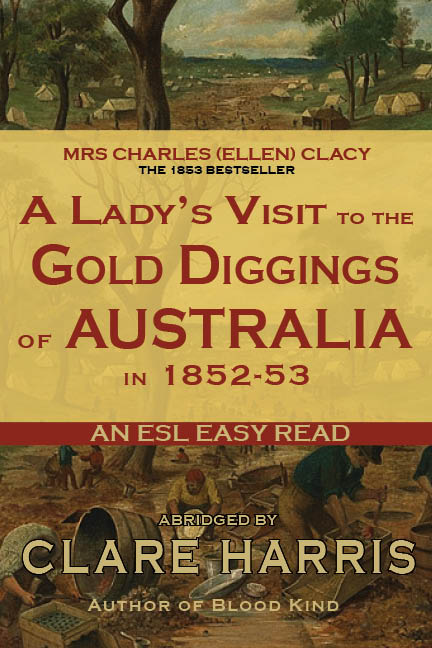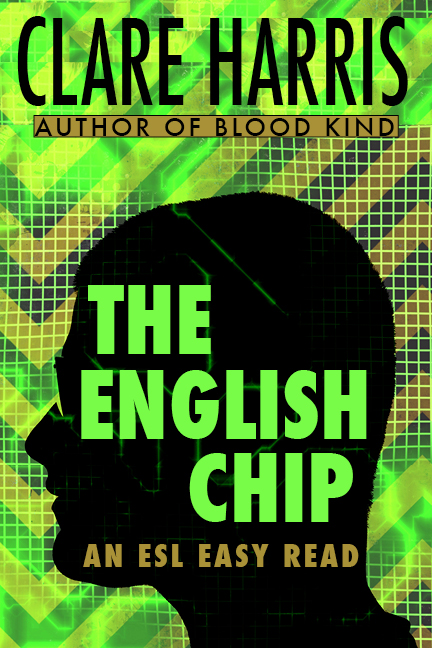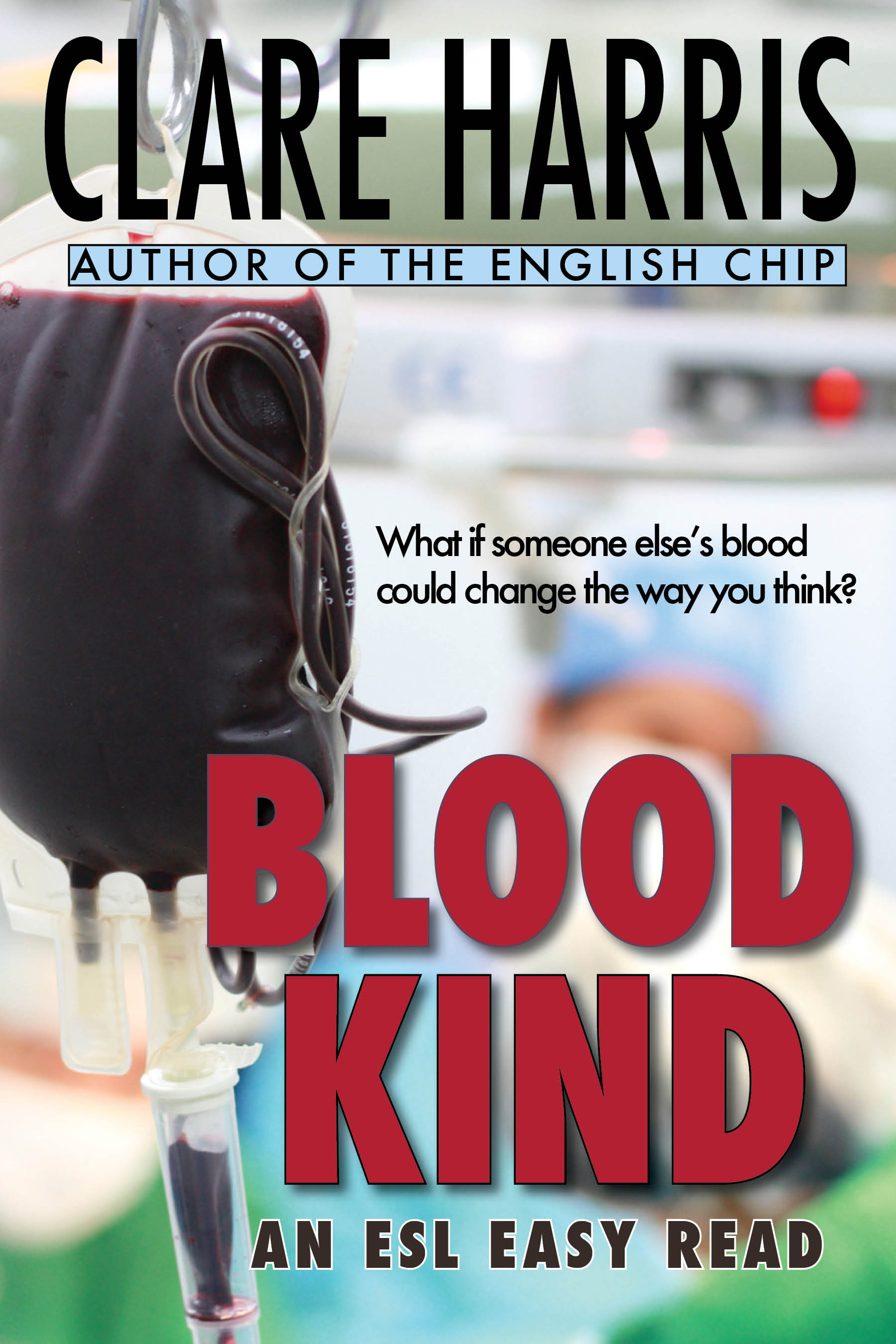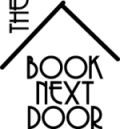A few thoughts on the ‘instant lessons’ that I’ve tried to provide with the Teacher’s Guide notes in ESL Extras…
Learning to teach …
How did you learn how to teach English (and move from theory to practice)? Back when I started, we still had ‘team teaching’ and I learnt so much from watching experienced teachers in action. (There must have been more $$ around then, to afford two teachers in a classroom – but it was a long time ago!)
… through Teacher Guides?
We also used books with detailed Teacher Guides – I have fond memories of Contact English and Streamline Departures (pictured here) in particular. I wasn’t looking to save time (I did plenty of my own prep) – I wanted ideas on how to exploit the resources and help learners practise.
So when I started writing my ESL Extras reading books, I was keen to include follow-up activities for students and lesson notes for teachers. I was thinking of new teachers, volunteers, relief teachers – even experienced teachers who are more than capable of creating fabulous lesson plans, but spend what was once prep time on that dreaded ‘paperwork’.
Mine are suggestions only…
The teacher’s guide suggestions are what I imagine any teacher might think of, and they’re certainly not prescriptive. How do I describe those suggestions, though? Of course, teacher guides (often online) still exist in the ELT/ELICOS textbook universe, but less so in the ‘Adult Migrant’ world. I recently used the term ‘instant lessons’, but does that sound too mechanical? How about those other phrases we hear, like ‘time-savers’ or ‘help for busy teachers’?
Your thoughts?
What do you think? If you’ve used the any of the ESL Extras books, do you use the teacher notes in full, as a lesson plan, or do you just pull out what you need, adapting the suggestions to your own teaching style? What phrase would you use to describe them? I’d love to know…










4 responses to ‘Instant lessons’ and teacher guides
I found the ‘teacher notes’ very useful to create a context at the beginning of each lesson. The ‘before reading’ section is particularly good to introduce the chapter and often opens up a larger area of discussion which can be a lesson in itself. If we don’t go off on a tangent I then go through using the the vocabulary.
The other section I always use is the ‘language to note’. This is really practical and students who want speaking practice really like this because it is informal spoken English. Often it provides context for phrases they have heard or recognize but don’t know how to use. I haven’t used the discussion sections but now I look more closely I think I’ll give them a try.
Oh, Rob, good to know that they’re useful and that you can pick and choose the bits that work for you…
As an experienced and busy teacher I don’t often read the teacher’s notes for books yet when I take the time to read them, they are usually very helpful. This is particularly true for the teacher’s notes with Clare’s readers. The notes always give me extra ideas about how to explore the chapter content, language and language in use. It’s great because being busy I just need a quick read of the notes before the lesson and I’m set for ‘hours’ of good teaching. And of course, the entertaining and easy to read stories make teaching and language learning fun! Cheers KSBarber
of language teaching
I think it’s interesting that the ‘lack of time’ issue can apply to reading the teacher’s notes too. Thanks for your comments, Karen … I know that ‘fun’ element is something we’re both aiming for with our books (and I guess it’s something all teachers are aiming for), so it’s always nice to hear that it’s working!
Comments are closed.